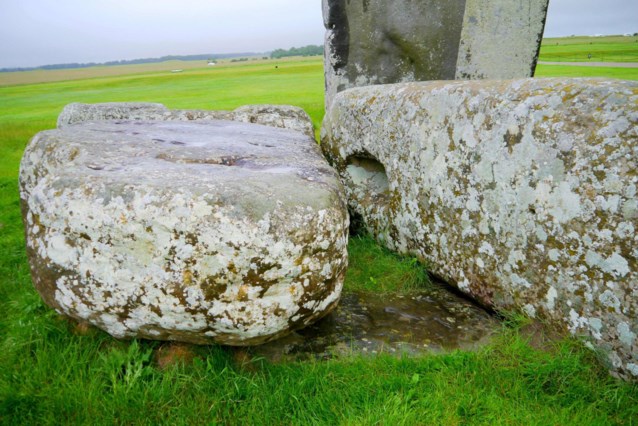The altar stone at the centre of Stonehenge was not brought from Wales, as previously thought, but from northern Scotland during the construction of the prehistoric monument, new research has revealed, Sky News reports.
The smaller stones that form the inner horseshoe and outer circle of Stonehenge are said to have been quarried in the Preseli Hills in west Wales, and it has long been thought that the altar stone – made of a type of sandstone – also came from the region, possibly near Swansea.
However, geological research has now shown that the six-ton stone almost certainly came from the Orcadian Basin, a region some 900 kilometres north of Stonehenge. “This is a truly shocking result,” said Professor Robert Ixer of University College London, who worked on the research.
Two questions
“This discovery raises two important questions: why and how exactly was the altar stone transported from the far north of Scotland to Stonehenge?” Ixer said. It is possible that the stone was rafted south along the coast of Britain, as mountains and forests would have made land transport very difficult.
Archaeologists are unsure when the altar stone arrived at the Neolithic monument in southern England, but it is thought to have been added during the second phase of construction, sometime between 2620 and 2480 BC.
“This discovery demonstrates a previously unsuspected level of social coordination during the Neolithic,” said Professor Chris Kirkland of Australia’s Curtin’s University. “Transporting such huge loads would have been a huge challenge, implying long-distance trade networks and a higher level of social organisation than is generally thought to have existed during the Neolithic period in Britain.”
However, it remains unclear what exactly was so special about the Scottish sandstone that it was worth transporting to the south of England.
